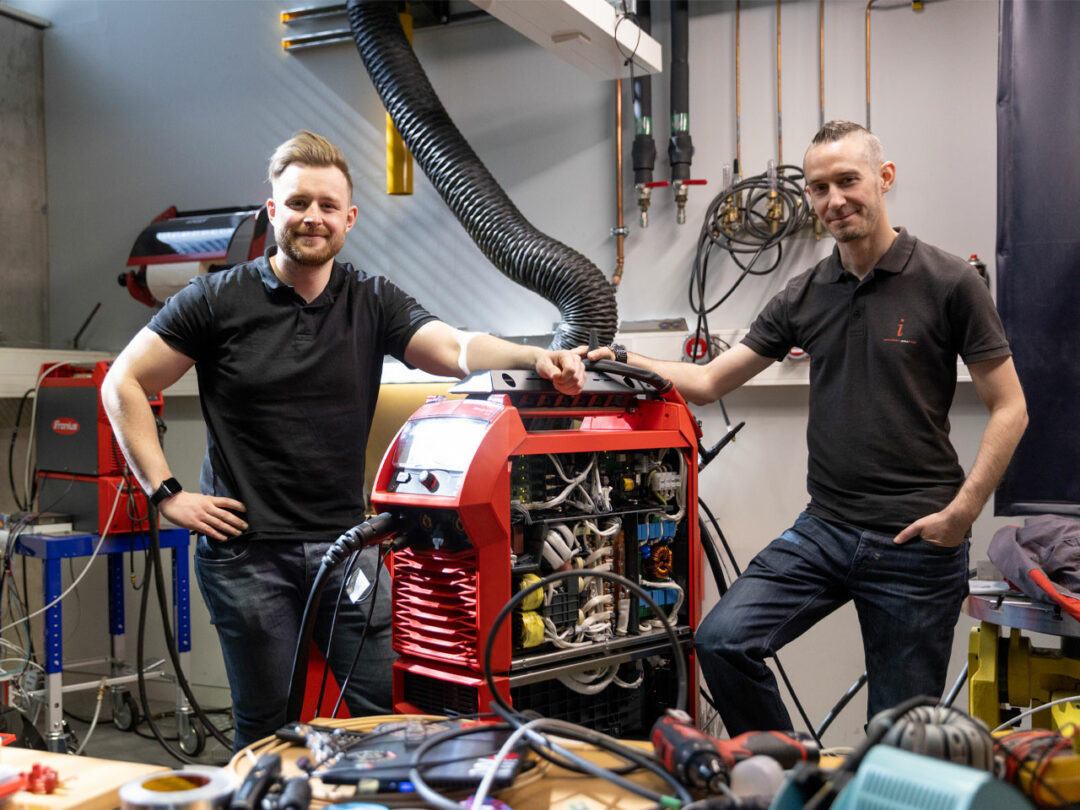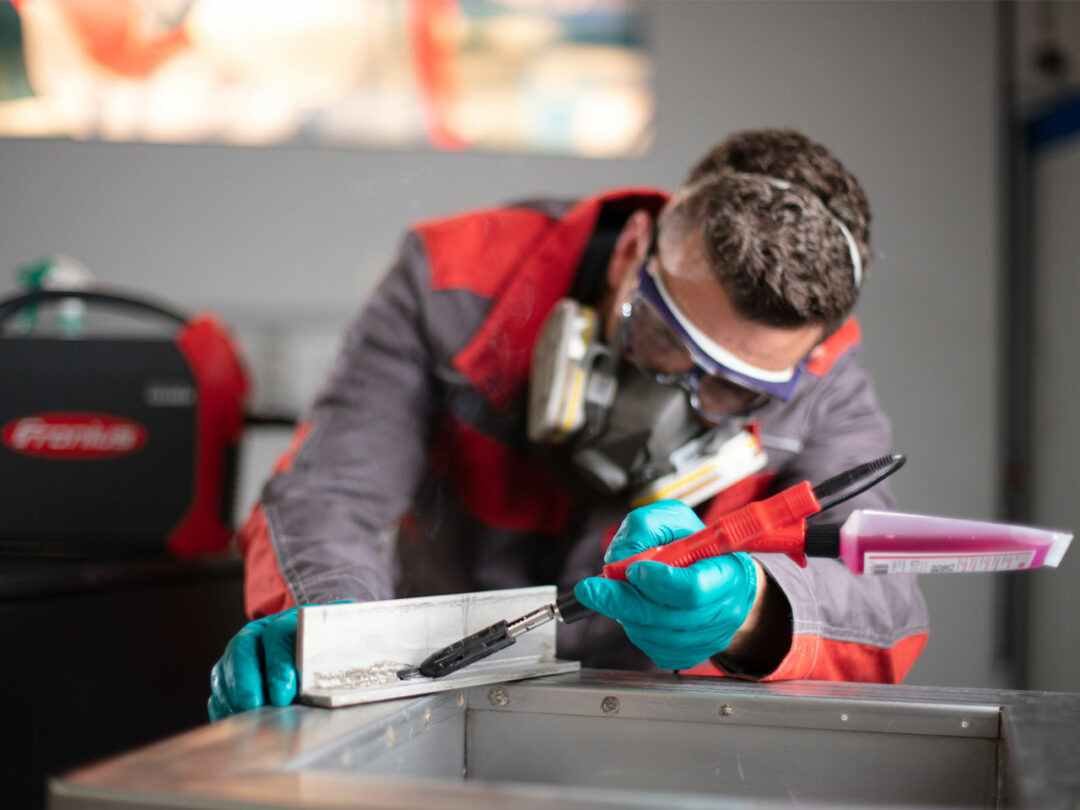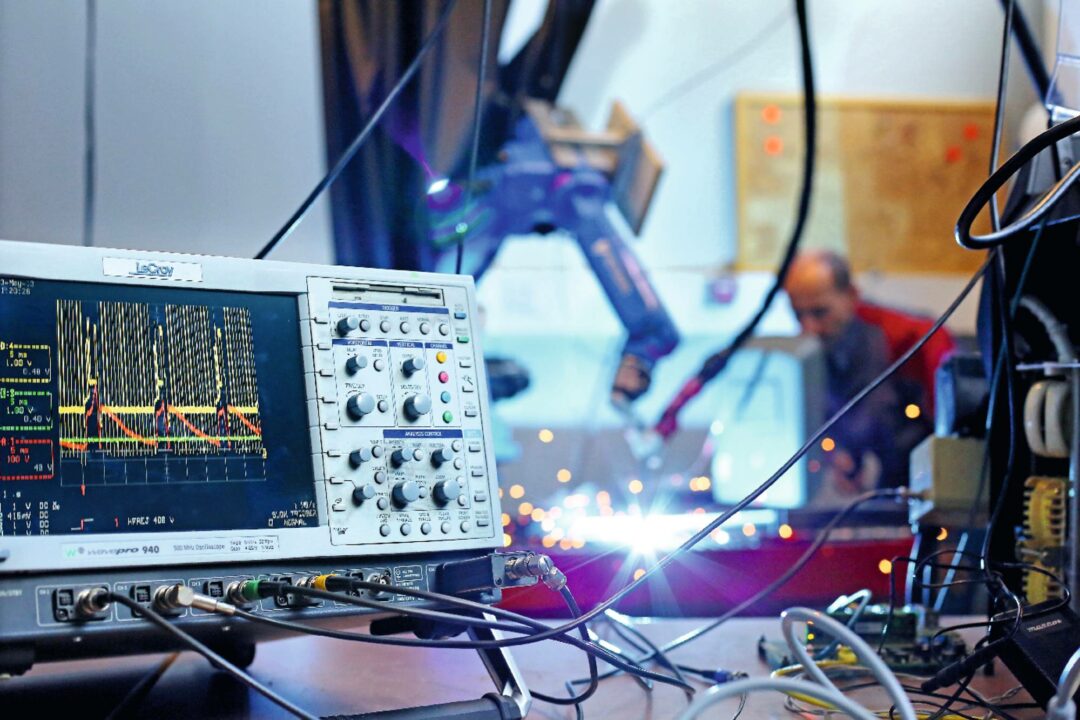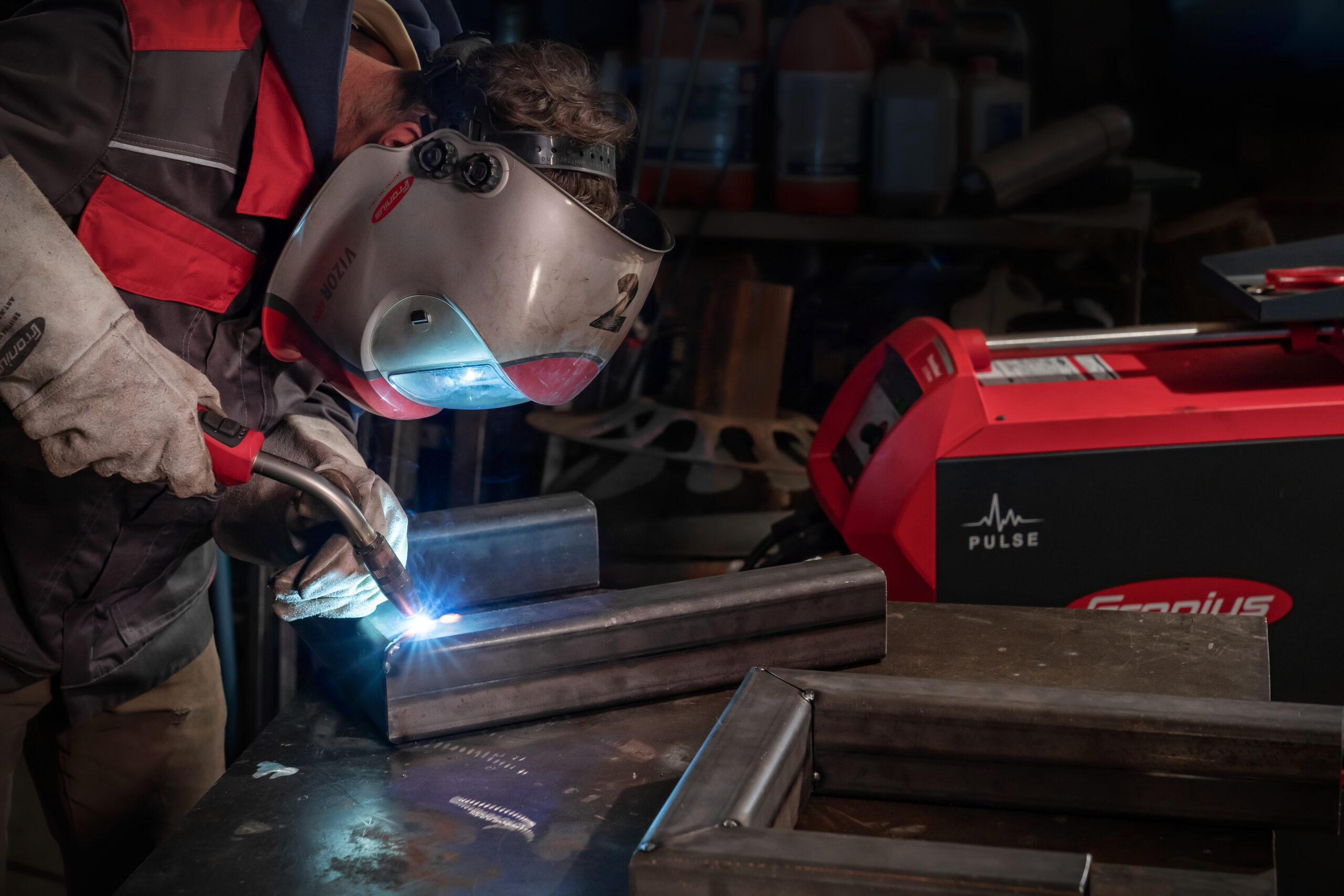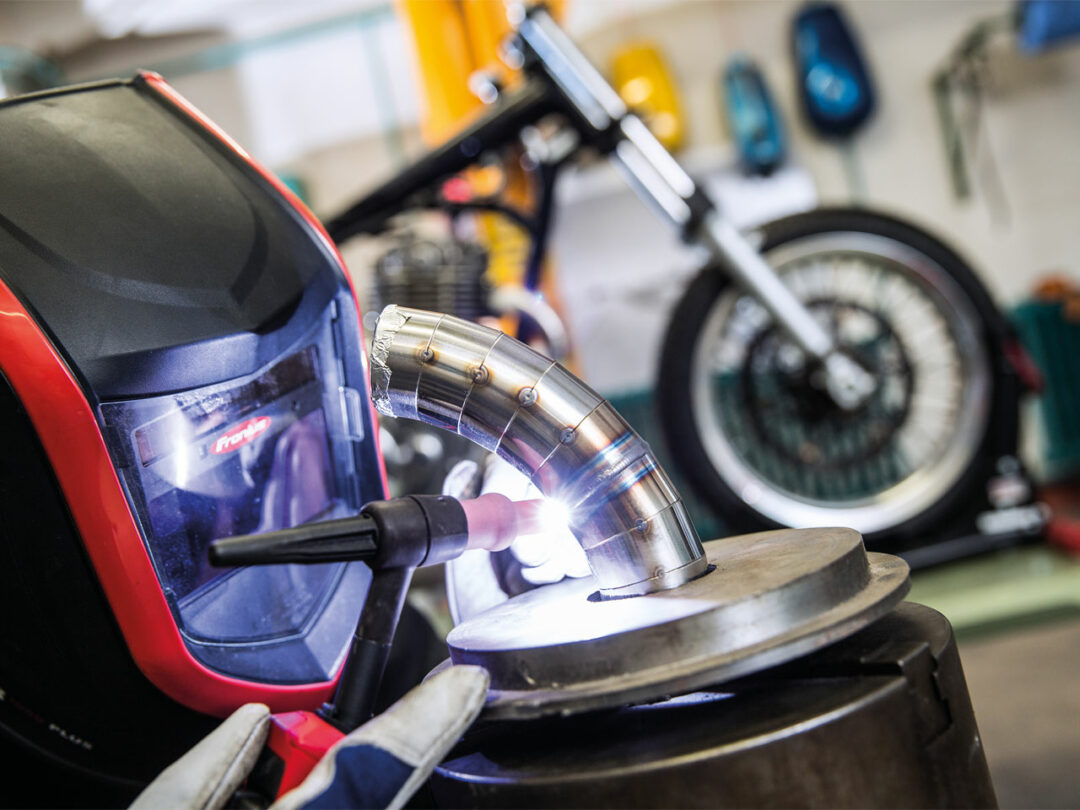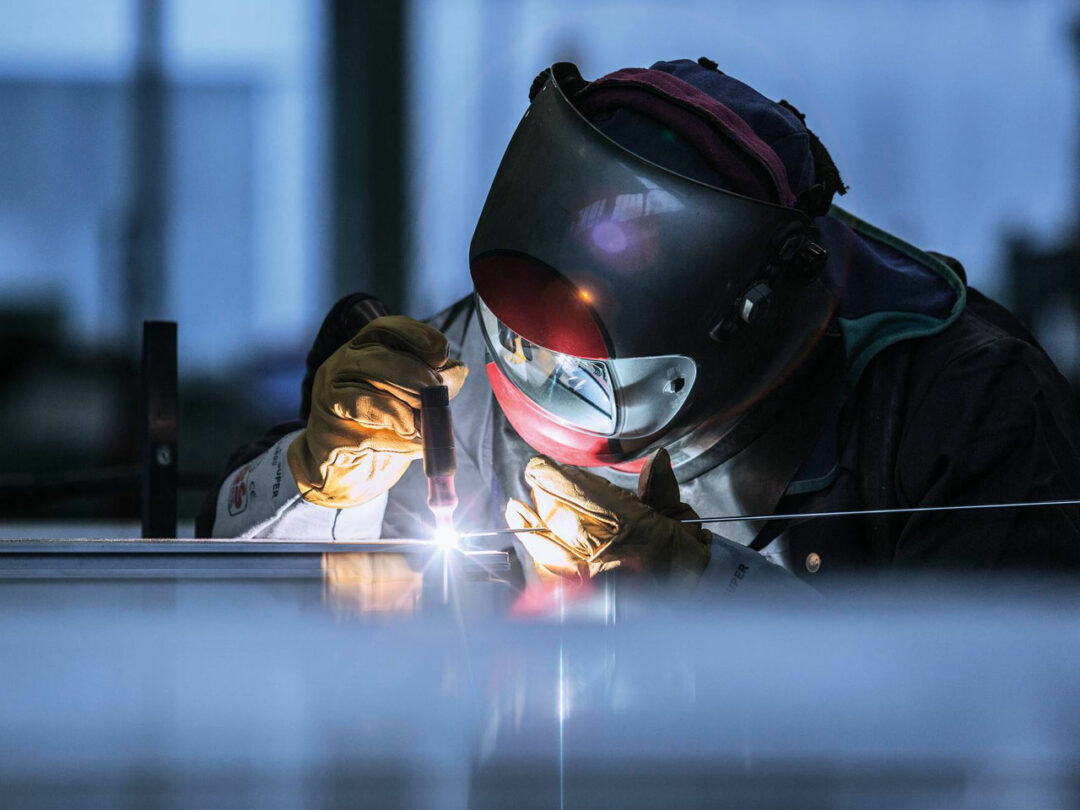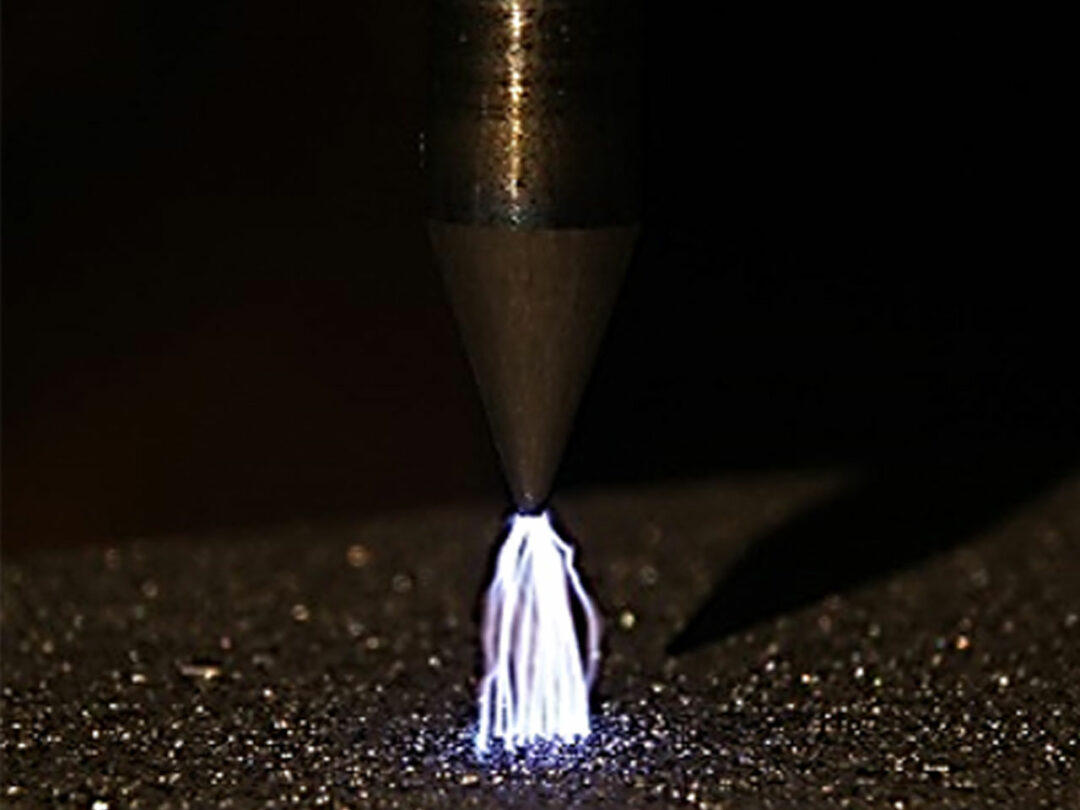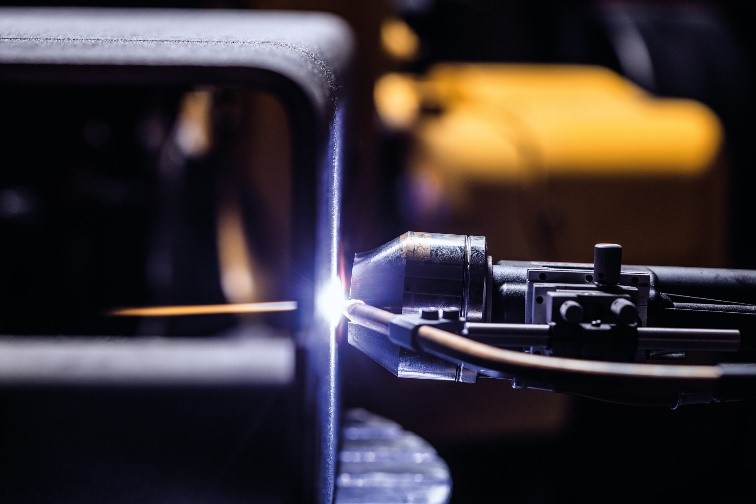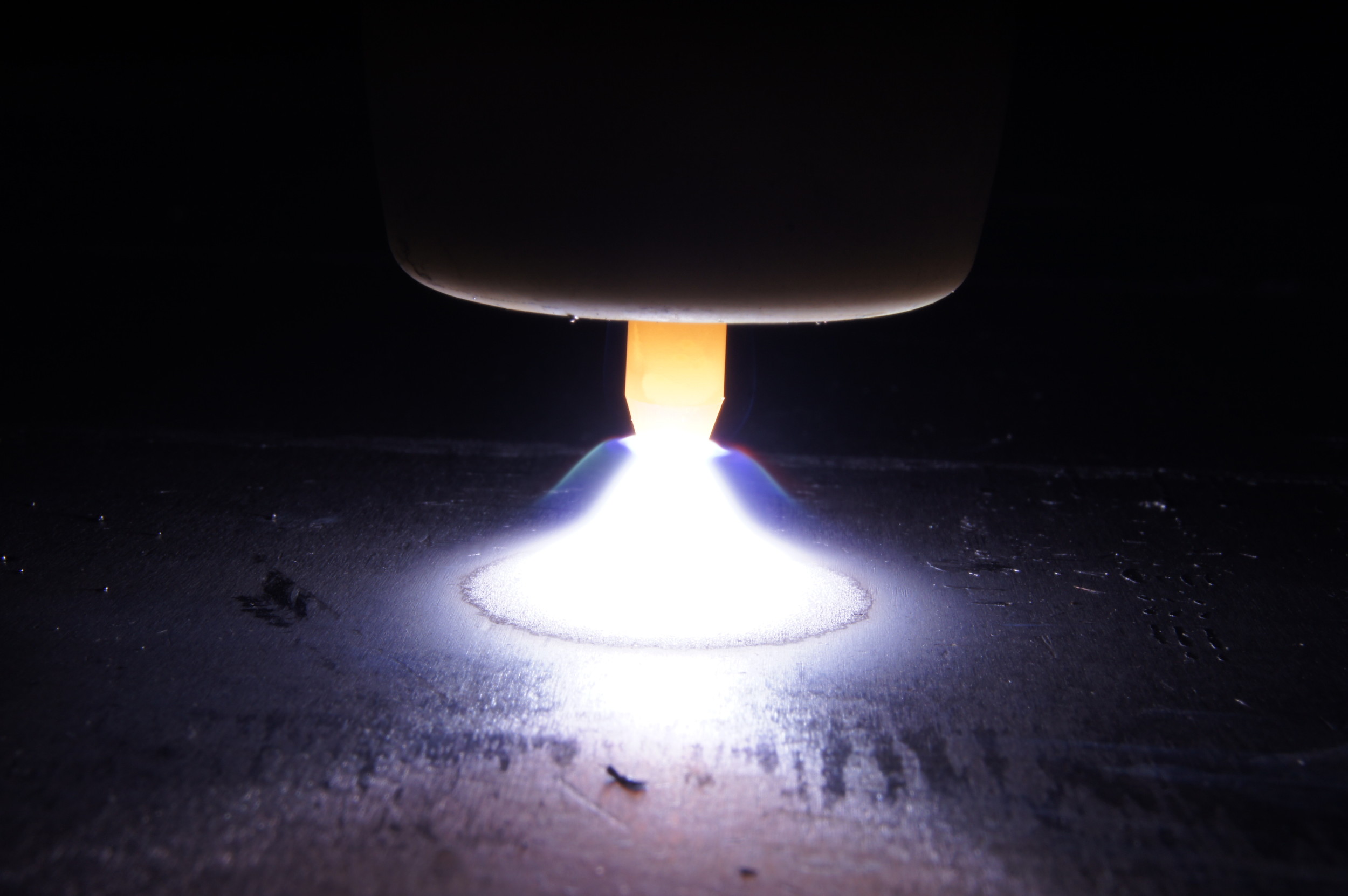Tried and tested countless times, with proven handling and outstanding weld seam quality: So why even bother making further improvements to the TIG welding system? Our iWave series proves that it was absolutely worth the effort: Its multiprocess welding systems are suitable for both TIG and MIG/MAG welding, 100% prepared for Industry 4.0, and offer significantly optimized welding processes. But how did the initial concepts for a new TIG welding system become a market-ready multiprocess system?…
Welding Knowhow
Cleaning stainless steel welds: Three tried-and-tested methods compared
Posted on 16. March 2022Why should you clean stainless steel welds thoroughly after TIG welding? There are two compelling reasons for this. Firstly, it just looks better. And secondly – and this is the real clincher – properly cleaning welds prevents corrosion, i.e., the long-term degradation of the stainless steel. So, the only question that remains is how best to remove annealing colors from TIG welds.…
It’s like playing with fire: arc plasma at up to 20,000 degrees, dramatic changes from one microsecond to the next, and a huge impact on materials. Natural lightning and arcs during welding work according to the same physical principles. But what’s the role of electric arc technicians? To transform something inherently unstable, volatile, and intangible into something steady and reliable. In other words, to develop a stable arc that makes welding fast, convenient, and reliable.…
An all-singing, all-dancing solution? In many areas of life, they still don’t exist yet. But is it true that there is now ONE universal solution in the field of welding systems? Is there one system to suit all applications? Is there ONE ideal process? Of course not. However, we are talking exclusively about the area of steel welding and the MAG process. One thing quickly becomes clear: where pulsing is used, many things become much easier, and this also applies…
A no-frills go-kart for a fun drive without the fuss? Or a luxury limousine packed with advanced driver assistance systems to ensure effortless handling even at high speeds? Just like in automotive engineering, there is a wide range of options to choose from when it comes to TIG welding systems and their special support functions, too.…
A no-frills go-kart for a fun drive without the fuss? Or a luxury limousine packed with advanced driver assistance systems to ensure effortless handling even at high speeds? Just like in automotive engineering, there is a wide range of options to choose from when it comes to TIG welding machines and their special support functions, too.…
Driving on ice: assuming you have at least four wheels and have undergone intensive training, this should be possible. However, if the driver wishes to drive on mountain slopes with high precision and maximum safety, a vehicle with all-wheel drive is advisable – almost as a basic requirement. There are also parallels with TIG welding here. The maximum quality welding process which demands fine dexterity is also suitable for domestic use with simple touchdown ignition. However, for anyone wanting to…
From the food industry through to the aerospace sector, wherever top-quality even weld seams are required, many companies rely on TIG welding. This process could be compared with a premium limousine: high class but lacking somewhat in terms of speed. And this precise problem can also quickly become a problem in production processes that use TIG welding technology: the TIG process can be inefficient due to its low speed, particularly for thicker materials that require multiple passes. But there is…
A bright, bluish light. Everything’s fizzing and crackling. You can feel the tension in the air. This is what springs to most people’s minds when they hear the word “arc”. Lightning is an arc that you might see during a thunderstorm. On the railroad as well, an arc sometimes forms briefly between the catenary and the pantograph. Welders use an arc in a targeted way to join metals. But what precisely is going on? Lightning Railroad arc What is an…
Advantages and disadvantages of the pulsed arc compared to the standard arc Cruising along at high speed on the freeway – in a modern sedan, you feel as if you are simply gliding along rather than putting up a fight against the centrifugal forces. It mirrors the lightness of being, and enables greater distances to be covered with ease. But what would it be like if these driving dynamics and lightness were transferred to country roads or even urban traffic?…
 Perfect Welding Blog
Perfect Welding Blog
